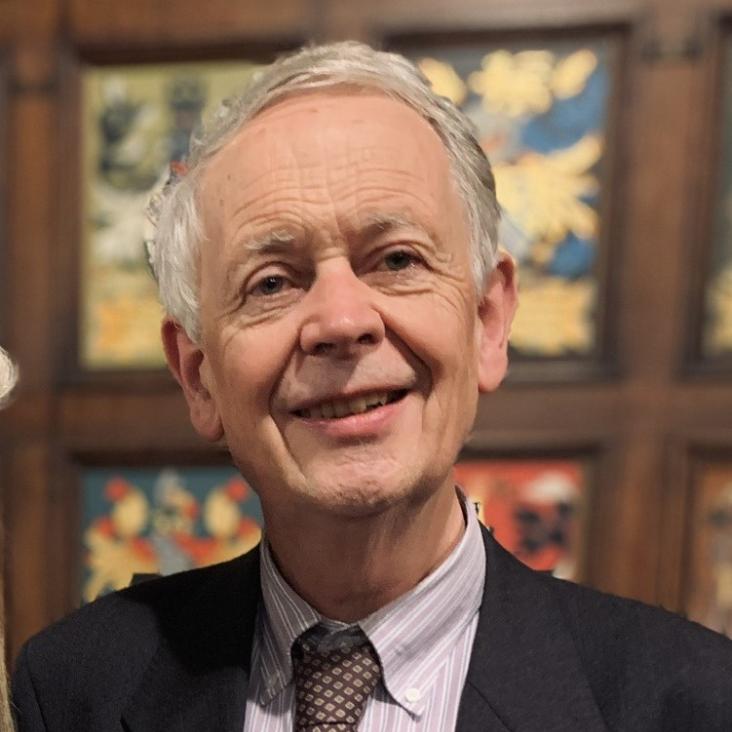Dynamics of the solar neighborhood
ASTR SOC P 182 (1999) 285-296
Abstract:
The Hipparcos mission has prompted a thorough reanalysis of the kinematics of the Solar neighborhood. Reliable proper motions are now available for a photometrically complete sample of similar to 10(6) stars, but the largest complete sample of stars with good parallaxes contains only similar to 10(4) stars. The latter sample yields precise values for the first and second moments of near main-sequence stars as a function of color. The effects of the secular increase in velocity dispersion are very evident. From these moments one can redetermine the velocity of the LSR and the age of the Solar neighborhood rather precisely. One can also determine how the density of stars in velocity space varies in the neighborhood of the LSR. This density distribution proves to be significantly more complex than the Schwarzschild distribution and may be affected by the Galactic bar. The larger sample for which only proper motions can be obtained allows one to probe gradients in the large-scale streaming motions that the Oort constants aim to describe. Here again the data imply a significantly more complex situation than has been considered previously. It is probable that these complexities are in part caused by spiral arms and/or the central Galactic bar.The abundance of brown dwarfs
MONTHLY NOTICES OF THE ROYAL ASTRONOMICAL SOCIETY 307:3 (1999) L27-L30
Warps and cosmic infall
MONTHLY NOTICES OF THE ROYAL ASTRONOMICAL SOCIETY 303:1 (1999) L7-L10
The abundance of brown dwarfs
ArXiv astro-ph/9809097 (1998)


